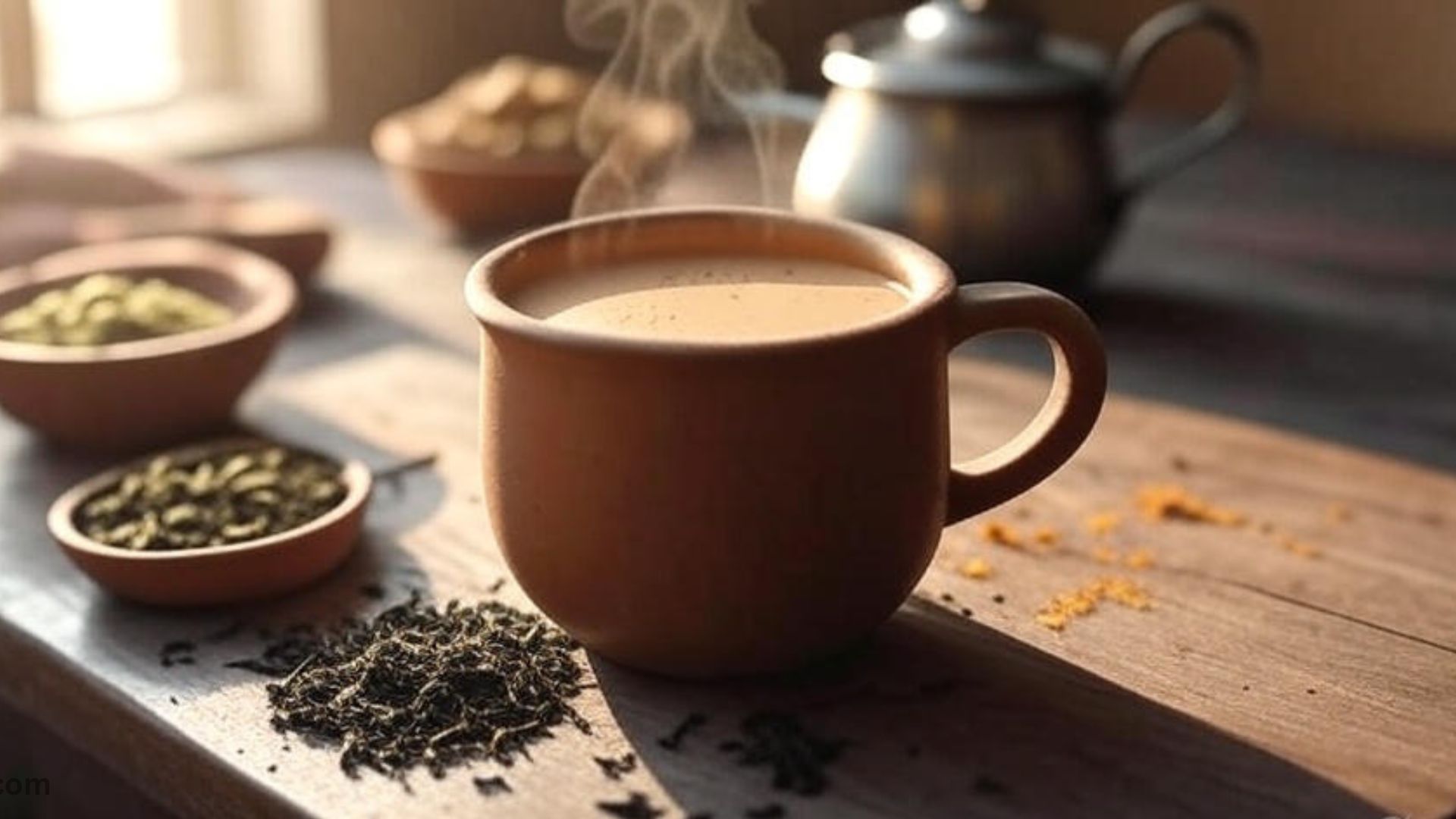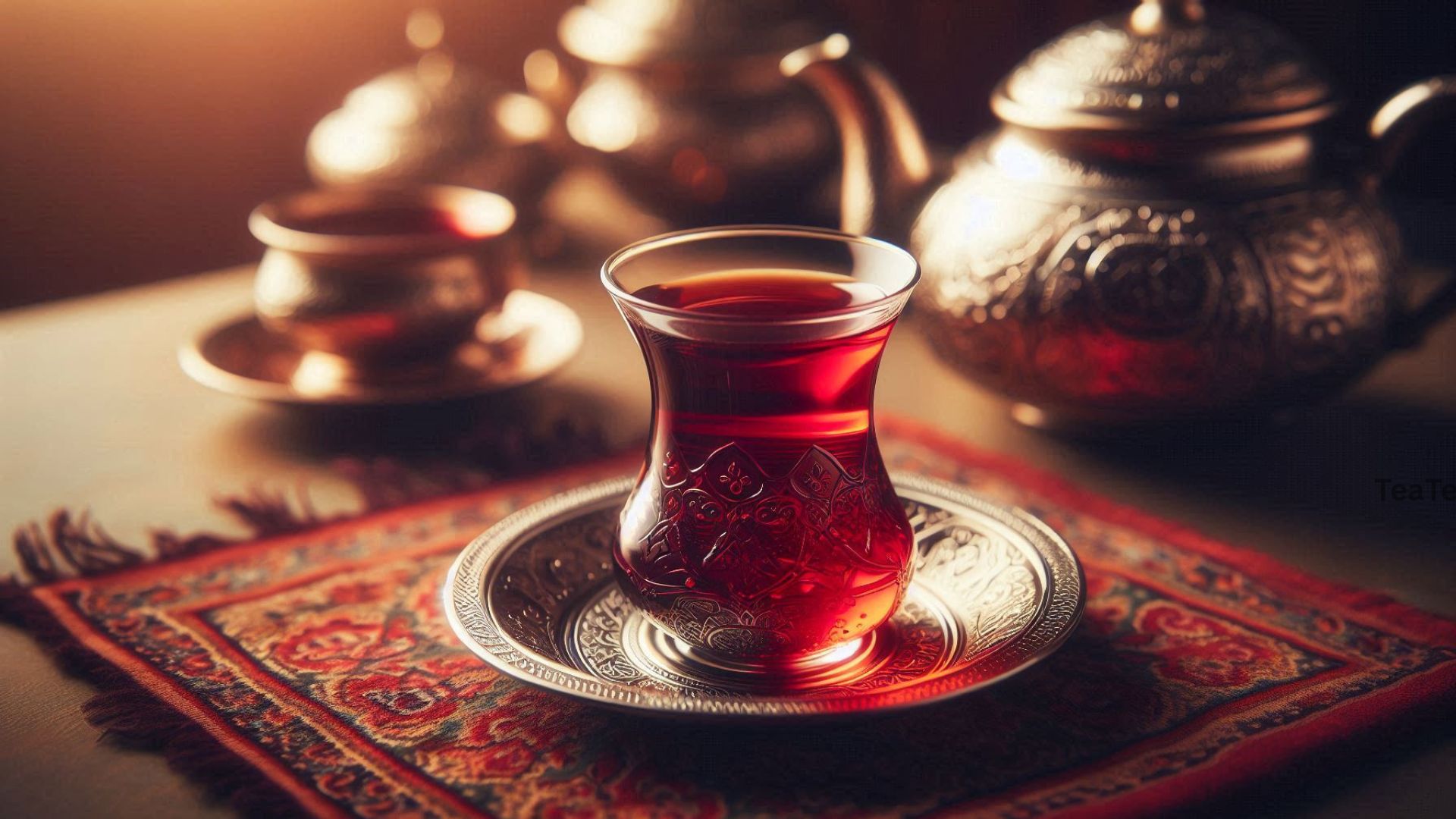Indian chai isn’t merely tea—it’s an experience, a daily ritual that connects millions across the subcontinent. From roadside chai stalls buzzing with conversation to quiet mornings in Indian homes, chai brings people together. Steaming, aromatic, and sweetly spiced, it’s more than a beverage; it’s warmth, comfort, and community in liquid form.
In this comprehensive guide, you’ll uncover the origins of Indian chai, its traditional brewing process, regional variations, health benefits, and expert tips for creating your own perfect
Where Chai Comes From
Tea’s story in India stretches back centuries. Ancient Indians drank herbal infusions made from local plants, but modern chai as we know it blossomed during the British colonial era.

When the British East India Company began cultivating tea in Assam and Darjeeling in the 19th century, they sought to compete with Chinese tea exports. Over time, Indians infused this imported practice with their own creativity—adding milk, sugar, and aromatic spices. Thus, masala chai (spiced tea) was born: a bold, creamy, soul-warming drink that became part of India’s cultural fabric.
🫖 Fun Fact: India is now one of the world’s largest tea producers, and chai is consumed in nearly every home, office, and roadside stall.
What Goes Into a Cup of Traditional Chai
Every sip of chai is a perfect balance of strength, sweetness, and spice. Here’s what gives it that signature depth and aroma.
1. Black Tea: The Bold Base
The foundation of chai lies in strong black teas like Assam, known for its malty notes, or Darjeeling, appreciated for its subtle floral character. These teas stand up well to milk and spice, ensuring a rich, robust cup.
2. Milk: Creamy and Comforting
Traditionally, whole milk is used to achieve a smooth, velvety texture. The fat in milk harmonizes the intensity of tea and spice, creating that luscious golden-brown hue chai lovers adore.
3. Sugar: Sweet Harmony
Sugar isn’t just about sweetness—it balances the sharpness of tannins in black tea and the heat of spices. Adjust to taste, but most Indians prefer their chai on the sweeter side.
4. Spices: The Heartbeat of Chai
What sets Indian chai apart is its spice symphony, called masala. A traditional masala blend may include:
| Spice | Flavor Note | Benefit |
|---|---|---|
| Cardamom | Sweet, floral | Aids digestion |
| Ginger | Warm, zesty | Boosts immunity |
| Clove | Pungent, deep | Anti-inflammatory |
| Cinnamon | Sweet, woody | Improves metabolism |
| Black Pepper | Spicy, sharp | Enhances absorption of nutrients |
Keep your spices organized in a masala dabba (spice box)—a staple in Indian kitchens.
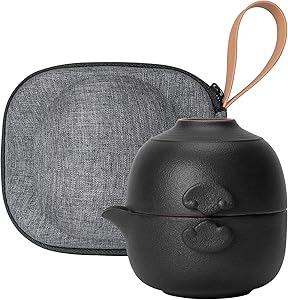
HEER Chinese Travel Gaiwan Tea Set
In India, chai is often brewed in wide, open saucepans that allow strong boiling. A stainless steel or brass saucepan with a pour spout is perfect for replicating that at home.
Also Read: How to Use a Gaiwan for Gong Fu Tea Brewing
Tools for Making Traditional Chai
You don’t need fancy equipment—just simple, sturdy tools found in every Indian household:
- Mortar and Pestle: Crush whole spices for maximum aroma.
- Saucepan (Steel or Brass): Used to boil tea, milk, and spices together.
- Strainer: To separate tea leaves and spice bits before serving.
- Chai Glasses or Kulhads: Traditional vessels for serving—iconic and charming.
💡 Tip: Wide, open saucepans help the tea boil vigorously, intensifying the flavor.
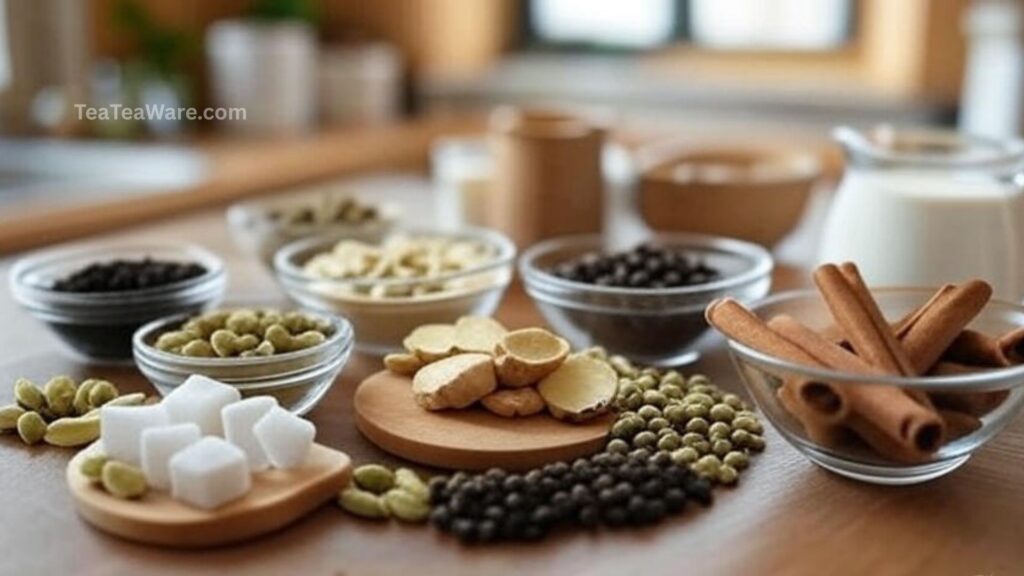
How to Brew Chai the Traditional Way
Making chai is both science and art. Here’s how to prepare it the authentic Indian way:
- Boil Water with Spices:
Crush cardamom, ginger, and other spices. Simmer them in water for 2–3 minutes to release the oils. - Add Black Tea Leaves:
Add 1 teaspoon of tea per cup. Let it steep until the water turns dark and fragrant. - Pour in Milk and Sugar:
Add milk (1 part milk to 2 parts water) and sugar to taste. - Double Boil for Flavor:
Bring the mixture to a rolling boil twice—this aerates the tea, thickens the texture, and enhances aroma. - Strain and Serve Hot:
Pour through a strainer into cups or glasses. Serve immediately.
🔥 Pro Tip: Always use freshly crushed spices and strong Assam tea for the perfect balance.
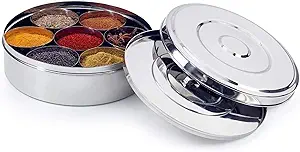
Spice Container – Masala box
A masala dabba keeps all the traditional chai spices—like cardamom, ginger, cloves, and cinnamon—organized and within reach for daily brewing.
Also Read: Exploring Chinese Gongfu Tea Ceremony Tools
Regional Twists on Chai Across India
Every state in India adds its own twist to chai. Here’s a look at how different regions celebrate this timeless beverage:

| Region | Name | Description |
|---|---|---|
| Mumbai | Cutting Chai | Served in half glasses—strong, sweet, and quick to sip. |
| Kashmir | Noon Chai | Made with green tea, milk, baking soda, and salt, turning the tea pink. |
| Kerala | Sulaimani Chai | A black tea with spices and lemon—refreshing and milk-free. |
| North India | Adrak Chai | Ginger-heavy and ideal for winter mornings. |
| West Bengal | Lebu Cha | Black tea with lemon, salt, and a pinch of spice—light and zesty. |
Chaiwalas: The Street Artists of Tea
Chaiwalas (tea vendors) are the unsung heroes of India’s tea culture. Found at every railway station, market corner, and office lane, they are masters of their craft. Watching a chaiwala pour steaming tea from pot to pot—creating a perfect frothy blend—is a mesmerizing sight.
Each chaiwala has their signature ratio of tea, milk, and spice. They don’t measure; they feel the balance. That’s the beauty of traditional chai—crafted by instinct, not instruction.

Health Benefits of Traditional Chai
Beyond its comforting flavor, chai offers genuine health perks backed by both tradition and science:
- Boosts Immunity: Ginger, cloves, and cardamom have natural antibacterial properties.
- Improves Digestion: Black tea and spices stimulate digestive enzymes.
- Enhances Mental Alertness: The caffeine in tea offers gentle energy without jitters.
- Relieves Stress: The aroma and ritual of chai encourage relaxation.
- Heart Health: Cinnamon and black pepper may help improve circulation.
According to Healthline, masala chai’s ingredients may support overall wellness and metabolism.
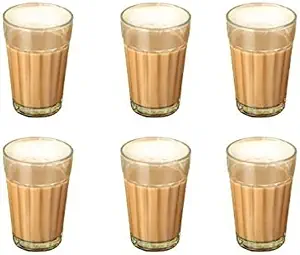
AnNafi® The Cutting Chai Glasses
These iconic small glasses are how chai is served in street stalls (tapris) across India—perfect for bringing cultural flair to your kitchen.
Also Read: The 4 Best Travel Tea Sets for On-the-Go Brewing
Common Mistakes When Brewing Chai
- Even seasoned tea drinkers slip up sometimes. Avoid these pitfalls:
- Low-Quality Tea: Always choose strong, fresh loose-leaf tea.
- Over-boiling: Makes tea bitter and dull.
- Using Stale Spices: Freshly crushed is always better.
- Wrong Milk-Water Ratio: Too much milk overwhelms the tea; too little makes it thin.
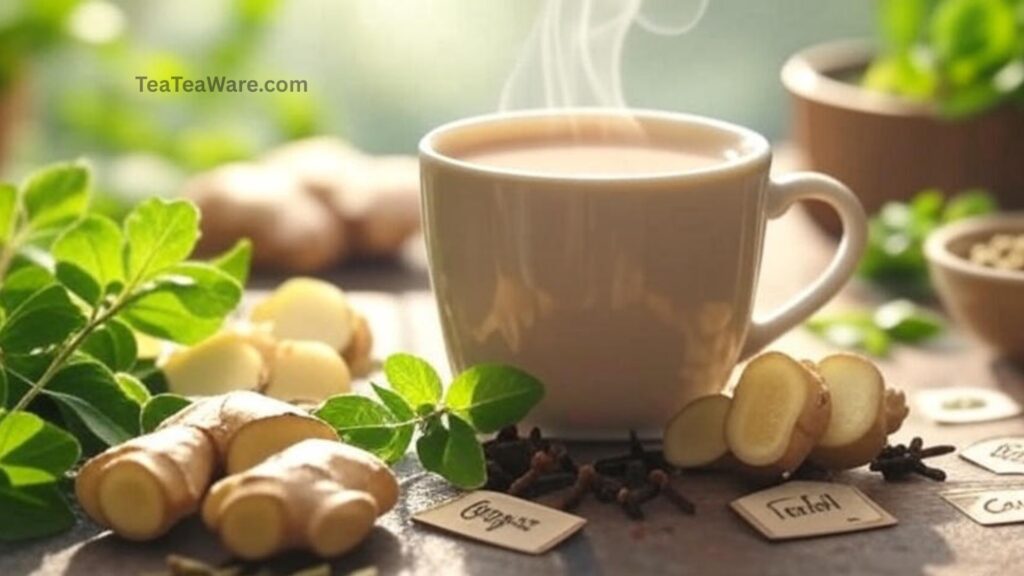
Modern Chai Trends
While traditional chai reigns supreme, it’s evolving with modern lifestyles:
- Chai Lattes: Frothy café versions blending Indian spice with espresso culture.
- Instant Masala Chai: Quick, convenient sachets for busy mornings.
- Bottled Chai: Ready-to-drink formats—handy but lack the soul of homemade chai.
- Vegan Chai: Made with oat, almond, or soy milk for a dairy-free twist.
How to Brew Chai at Home: Quick Tips
If you’re just getting started:
- Use Assam black tea for a strong base.
- Start with cardamom and ginger—simple yet flavorful.
- Always boil rather than steep.
- Don’t rush the process; good chai takes patience.
FAQs About Indian Chai
Q1. Can I use green tea for masala chai?
Yes, but the flavor will be lighter; black tea is traditional.
Q2. What’s the ideal sugar amount?
It varies by taste, but start with 1–2 tsp per cup.
Q3. Can I make chai vegan?
Yes, use plant-based milk like oat or almond, though flavor may differ slightly.
Q4. How long should I boil chai?
Typically 3–5 minutes after adding milk, depending on strength preference.
Q5. What’s the difference between masala chai and plain chai?
Masala chai includes spices; plain chai is just tea, milk, and sugar.

